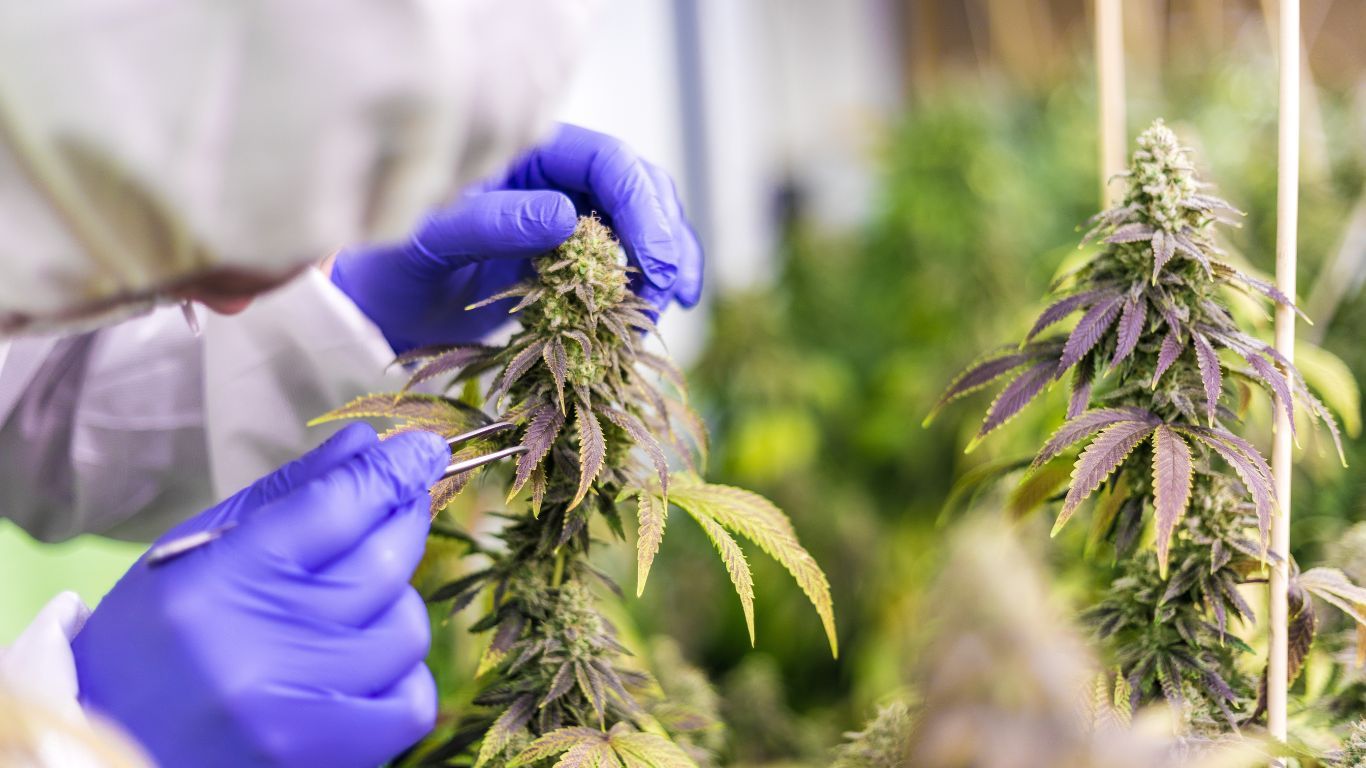
Cannabis terpene compounds have recently been the subject of studies regarding their potential for pain management. Sparing the reader the grisly details of these mouse and rat studies, the following is a summary of some of the promising results, as presented in a recent review1 circulated on PubMed.
Usually when we think of the physiological, and pain mitigating, effects of cannabis we are thinking of the effects of the cannabinoids. Most of us are just thinking of THC and/or CBD, depending on the strain, or product we are consuming, although other minor cannabinoids such as CBG, CBN, CBC etc. have certainly been studied as well.
Recently, more attention is being paid to the terpenes present in cannabis, in terms of their role in the medicinal and pharmaceutical properties of different cannabis strains. Cannabis contains a whole host of terpenes (to date 150 have been identified) in various ratios depending on the strain. These are largely responsible for the characteristic aroma we associate with those strains, and they also possess a diverse set of properties that are an important part of the complex pharmacological activity of cannabis.
In North American cannabis strains, the following eight terpenes predominate: β-myrcene, terpinolene, ocimene, limonene, α-pinene, humulene, linalool, and β-caryophyllene.
The quantity of the common top five terpenes (β-myrcene, α-pinene, limonene, β-caryophyllene, and terpinolene) vary to such a degree that in some strains they could be the most abundant component, while in others a minor, or even absent, component. Although beyond the scope of this article, the terpene profiles of most, if not all, of the common commercial strains are known and can be found with an online search.
Linalool is perhaps the most promising of the common cannabis terpenes and was effective in reducing pain unambiguously on its own in a wide variety of pain models. Linalool was also effective via inhalation, so this might be a good one to look for in a strain if pain management is your goal.
Limonene has been investigated in several animal models of pain, and the results indicated that this terpene was effective in reducing inflammatory pain and neuropathic pain, but was not effective in reducing pain caused by heat. This suggests that limonene may be effective in reducing pain by virtue of its anti-inflammatory effect, but may not be effective in treating pain that is not rooted in inflammation.
In the cases of both α-pinene, β-pinene, and β-myrcene, the pure substances have not been well studied. Many groups, however, have looked at the effects of essential oils containing substantial amounts of these terpenes, with the result showing both pain-reducing and anti-inflammatory effects in mice and rats. β-pinene was shown to be ineffective by inhalation, a route that is common in cannabis consumption.
β-caryophyllene and humulene have also been studied, and both these sesquiterpenes showed pain-reducing and anti-inflammatory properties in rodent models, and β-caryophyllene also showed neuroprotective effects in stroke and brain injury models.
The less common terpenes, sometimes present in cannabis strains to varying degrees, terpinene, terpineol, geraniol, bisabolol and geraniol have also been studied and found to have pain-mitigating effects in rodent models and it can’t be ruled out that these minor components may play a role in the effects of cannabis strains where they are present, albeit usually in very small amounts.
The authors of this recent review1 conclude that the recent legalization of cannabis in several jurisdictions has increased the availability of cannabis as a possible alternative medication, however, they also say that the pharmacology, biological signalling properties, pain-reducing efficacy, and interactions with opioids or other medications have not been as of yet well explored.
Promising results, as outlined above, using pre-clinical models like in rodents and in cell-based testing, mean that terpenes have a good potential for pain management, alone or in combination with other therapeutics, and should be considered for further studies and drug development.
In this author’s opinion, due to various intellectual property considerations, Big Pharma is unlikely to take up the baton on these academic studies, so we shouldn’t be holding in our puffs waiting for any kind of human clinical trials.
For those looking to benefit from the entourage of effects attributed to cannabis terpenes, your best bet is to look for strains with lots of the above terpenes and go for the flower or a full-spectrum extract, such as strain-specific Rick Simpson oil (aka phoenix tears) or shatter.
–Eli Stoffman
Reference
1Erika Liktor-Busa, Attila Keresztes, Justin LaVigne, John M. Streicher, and Tally M. Largent-Milnes (2021), Analgesic potential of terpenes derived form Cannabis sativa, Pharmacol Rev 73:98–126.













